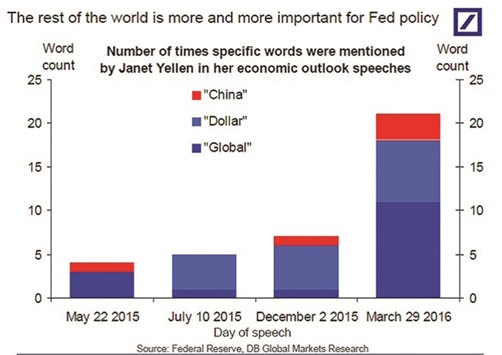The first quarter of 2016 was one of the most volatile starts to a year for financial markets in living memory, a period of turbulence that tightened global financial conditions and put a pause on the US interest rate-raising cycle.
If anything it was a quarter of two halves. The first six weeks saw markets plunge, spreads widen and financial conditions tighten dramatically. Since mid-February stocks and commodities have rallied and spreads have narrowed again.
By some measures, financial conditions are now easier than they were at the end of December. The VIX “fear index” gauge of US stock market volatility and sub-investment grade – or “junk” rated – European credit default swaps, the dollar and developed world government bond yields are all lower.
But the first six weeks of the year took their toll. Japanese stocks ended the quarter down 12%, European stocks fell around 8%, and bank CDS and spreads between short-term US interbank lending rates and overnight money market rates are still higher.
Fed chair Janet Yellen this week said that inflation had not yet proved durable against a backdrop of global risks including still-low oil prices and China’s uncertain economic outlook. The Fed, therefore, should only raise rates cautiously.
Torsten Slok, chief international economist at Deutsche Bank in New York, noted that the number of references to “China”, “dollar” and “global” in Yellen’s economic outlook speeches has more or less quadrupled over the past year.
The volatility also affected banks. Trading revenues in the period, traditionally the most profitable quarter of the year, tumbled and thousands more jobs were cut across the industry.



